The sacred city of Anandpur Sahib is a symbol of the spirit of the Sikh faith, where bravery and sacrifice came together to shape the legacy of the Khalsa Panth.
Founded in 1665 by Sri Guru Tegh Bahadur Ji, the ninth Sikh Guru, this spiritual center later became a formidable defensive stronghold under Sri Guru Gobind Singh Ji. The network of forts constructed around Anandpur Sahib represents not merely military structures but symbols of resistance, resilience, and the unwavering commitment to protect dharma (righteousness) against tyranny.
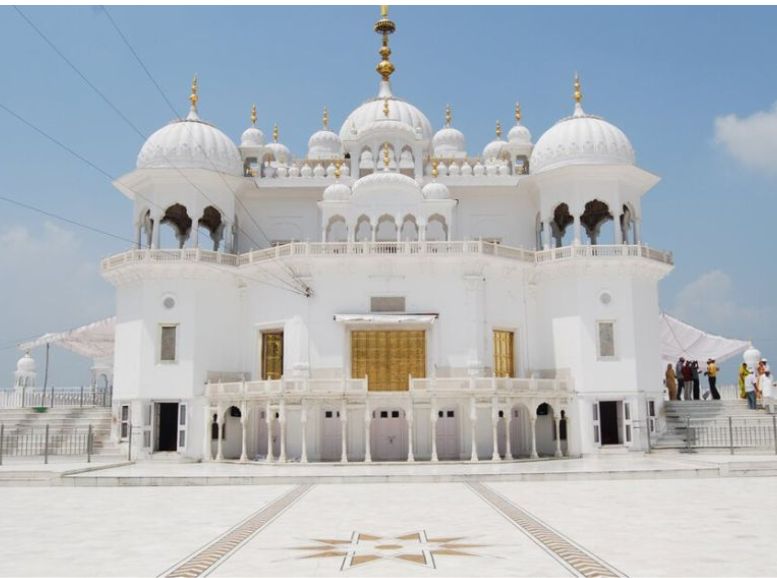
Historical Context: The Need for Fortification
Foundation of Anandpur Sahib
The foundation of Anandpur Sahib, originally known as Chakk Nanaki, was laid by Sri Guru Tegh Bahadur Ji. However, it was on March 30, 1689, that Sri Guru Gobind Singh Ji formally established the city of Anandpur Sahib. As the Sikh community grew under his guidance, so did the hostility from neighboring Hill Rajas and Mughal authorities who perceived the flourishing Sikh presence as a threat to their power.
Rising Tensions and Strategic Response
The establishment of the Khalsa in 1699 further alarmed the Hill Rajas of the Sivalik region, particularly Raja Bhim Chand of Kahlur (Bilaspur). Recognizing the need to protect Anandpur Sahib from increasingly hostile neighbors, Sri Guru Gobind Singh Ji ordered the construction of a series of defensive forts (Qilas) around the city.
The Five Forts of Anandpur Sahib
Sri Guru Gobind Singh Ji's military acumen is evident in the strategic placement of these forts, which formed a protective ring around Anandpur Sahib. The construction began in 1689 and took over ten years to complete. All the forts were ingeniously connected through earthworks and underground tunnels, creating an integrated defensive network.
The sacred city of Anandpur Sahib is renowned for its network of defensive forts constructed under the leadership of Sri Guru Gobind Singh Ji. These forts served as a strategic defensive system against the increasingly hostile Hill Rajas and Mughal forces who perceived the growing Sikh community as a threat.
Qila Anandgarh Sahib (Fort of Bliss)
Anandgarh was the strongest of the five forts, strategically positioned in the middle of Anandpur Sahib about 800 meters southeast of Takht Sri Kesgarh Sahib. This formidable structure served as the primary bulwark against invasions and was constructed on a hillock, providing a commanding view of the surrounding areas.
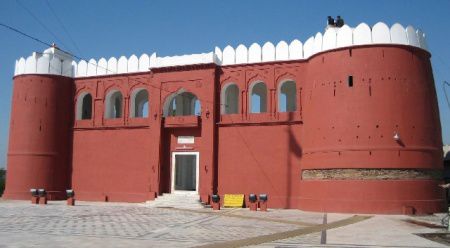
Sri Guru Gobind Singh Ji spent 25 years at Anandgarh Qila, making it the center of his military operations. The fort's elevated position made it the highest fort in Anandpur Sahib, offering significant tactical advantages during battles against Mughal forces and hill Rajas.
Today, Gurdwara Qila Anandgarh Sahib stands at this site, featuring a 15-meter square hall with an 8x3 meter porch. The present structure was raised during the 1970s by Seva Singh, whose successors continue to manage and develop it. Beneath the Gurdwara lies a sacred Baoli Sahib (stepped well), accessible through a covered passage.
Qila Lohgarh Sahib (Fort of Steel)
Lohgarh was the second strongest fort after Anandgarh, located about one and a half kilometers southwest of Takht Sri Kesgarh Sahib. This strategic fort protected the riverside flank of Anandpur and housed a factory for manufacturing arms, making it a crucial component of the defensive network.
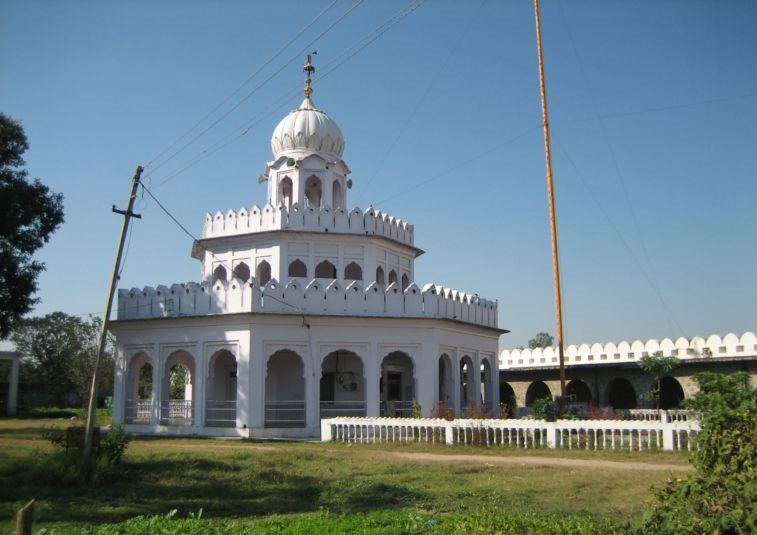
The hill armies repeatedly attacked Anandpur Sahib but hesitated to assault Lohgarh directly due to its impenetrable gates. A famous incident occurred here during the 1700 siege when Bhai Bachittar Singh faced and turned back a drunken elephant that the hill chiefs had sent to batter down the fort's gate.
Qila Holgarh Sahib (Fort of Color)
Also known as Agamgarh, Holgarh was the third strongest fort built by Sri Guru Gobind Singh Ji, situated about one and a half kilometers northwest of the town across the Charan Ganga rivulet. The fort's name is associated with the celebration of Hola Mahalla, which Sri Guru Gobind Singh Ji introduced in the spring of 1701.
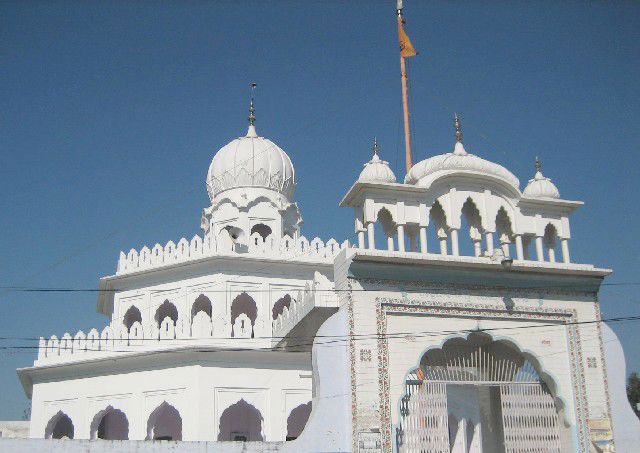
Unlike the playful Hindu festival of Holi, the Guru transformed Hola Mahalla into an occasion for Sikhs to demonstrate their martial skills in simulated battles. In recent years, efforts have been made to restore Holgarh's outer walls to their original fort-like shape through Kar Seva (voluntary service).
Qila Fatehgarh Sahib (Fort of Victory)
Fatehgarh was built by Sri Guru Gobind Singh Ji in the territory of Sahota village to defend the northern approach to Anandpur Sahib. The fort was named in honor of Sahibzada Fateh Singh Ji, who was born around the time of its construction.
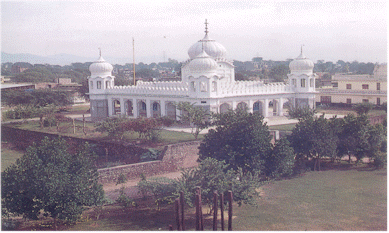
This fort symbolizes the "fort of victory," signifying the triumphs and enduring spirit of the Sikh forces in their struggles against oppression. It stands as a reminder of the long struggle between the Mughals and the defenders of Anandpur.
Qila Taragarh Sahib (Fort of Stars)
Located about five kilometers from Anandpur Sahib, Taragarh was built on a hilltop to provide early warning of approaching hill armies. Its elevated position allowed sentries to observe activities in Kehlur (the kingdom of Raja Bhim Chand) from a considerable distance.
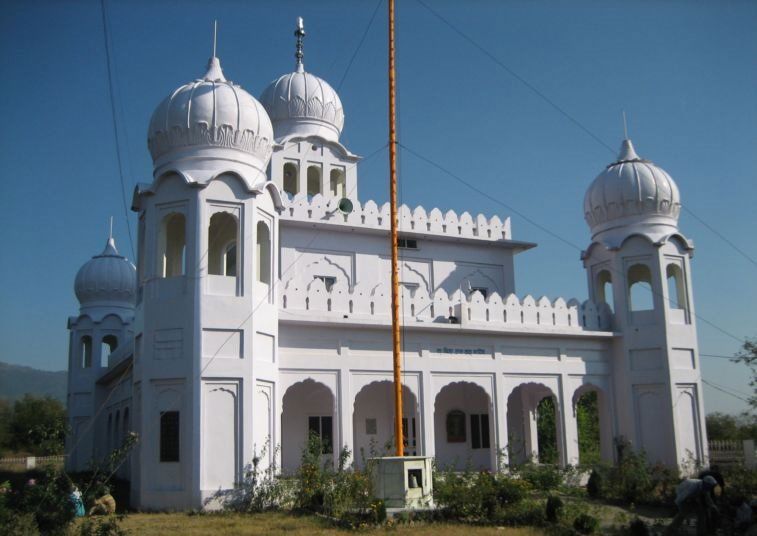
This outpost fort played a crucial role in the overall defensive strategy, serving as the first line of defense against invading forces. From this vantage point, one could see the activities of Kehlur for a long distance, providing valuable time for preparation.
Takht Sri Kesgarh Sahib: The Central Fortress
While sometimes not counted among the five peripheral forts, Kesgarh holds special significance as the central fortress. It was here that Sri Guru Gobind Singh Ji revealed the Khalsa and performed the first Amrit Sanchar (initiation ceremony) in 1699.
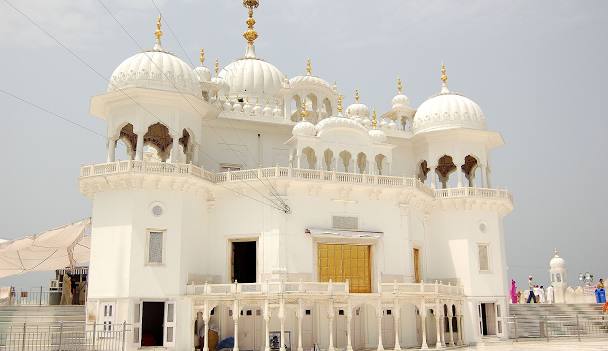
At the time of its construction, the hill of Kesgarh Sahib was 10-15 feet higher than it is today. It was an exceptionally strong fort that could only be reached after capturing the other defensive positions. Historical records indicate that this fort was never taken by enemy forces until Sri Guru Gobind Singh Ji's decision to leave the city.
Today, Takht Sri Kesgarh Sahib stands as one of the Five Takhts (seats of authority) in Sikhism and houses sacred relics, including weapons used by Sri Guru Gobind Singh Ji.
The Battles of Anandpur Sahib
The forts of Anandpur Sahib witnessed numerous battles as Mughal and allied forces attempted to suppress the Sikh community. Despite being vastly outnumbered, the Sikhs were able to withstand these sieges for years, demonstrating extraordinary courage and resilience.
The First Battle (1700)
In 1700, Raja Bhim Chand spearheaded an alliance with other local rulers and sought help from Emperor Aurangzeb. The Mughal generals Din Beg and Painda Khan, each commanding 5,000 men, joined the hill chiefs' forces at Rupar.
Despite being outnumbered, the Sikh army, led by the Panj Pyare (Five Beloved Ones) appointed as generals by Sri Guru Gobind Singh Ji, successfully defended Anandpur Sahib. In a decisive moment, Painda Khan was killed in single combat by the Guru himself, forcing the enemy forces to retreat.
The Great Siege (1704)
The most intense confrontation came with the siege of Anandpur in 1704, when Emperor Aurangzeb ordered a massive assault. The governors of Sirhind, Lahore, and Kashmir, along with 22 Hill Rajas, surrounded Anandpur with an overwhelming force.
For eight months, from May to December 1704, the Sikhs endured severe hardships but continued to resist. Eventually, under false promises of safe passage sworn on the Quran and the sacred cow, Sri Guru Gobind Singh Ji and his followers evacuated Anandpur Sahib on the night of December 20-21, 1705 (5-6 Poh)
This evacuation led to the treacherous ambush at the Sirsa River, where many Sikhs lost their lives, and the Guru became separated from his family. Following the Guru's departure, the enemy forces occupied and demolished the forts.
Legacy and Present State
Unfortunately, most of the original structures of the forts were demolished by the Hill Rajas and Mughals after Sri Guru Gobind Singh Ji left Anandpur Sahib. Further damage occurred during the 20th century when some structures were replaced with marble Gurdwaras during Kar Seva renovations.
Today, these sites are marked by Gurdwaras that serve as reminders of their historical significance. Despite the physical changes, the spiritual and historical importance of these forts remains undiminished, continuing to inspire visitors with tales of extraordinary courage and devotion.
Conclusion
The forts of Anandpur Sahib stand as lasting symbols of Sikh strength, strategy, and deep faith. Beyond their military importance, they represent Guru Gobind Singh Ji and his followers' strong will to defend justice and freedom against oppression. Today, these historic forts serve as powerful reminders of the sacrifices made to protect Sikh values and identity.
As we reflect on their legacy, we are inspired to cherish their spirit by preserving Sikh heritage and following the principles of bravery, unity, and truth. Visiting these sites allows us to connect with the past, honor the sacrifices of the Gurus and their warriors, and draw strength from their enduring legacy. Their story continues to inspire generations to stand firm in their beliefs and uphold the ideals of Sikhism.
Note - We have made every effort to ensure the accuracy and reliability of the information provided. However, this content is intended for informational purposes only and reflects historical and cultural perspectives. DVN does not assume responsibility for any disputes or actions that may arise from the use of this content. If you believe any information is incorrect or misleading, please contact us .